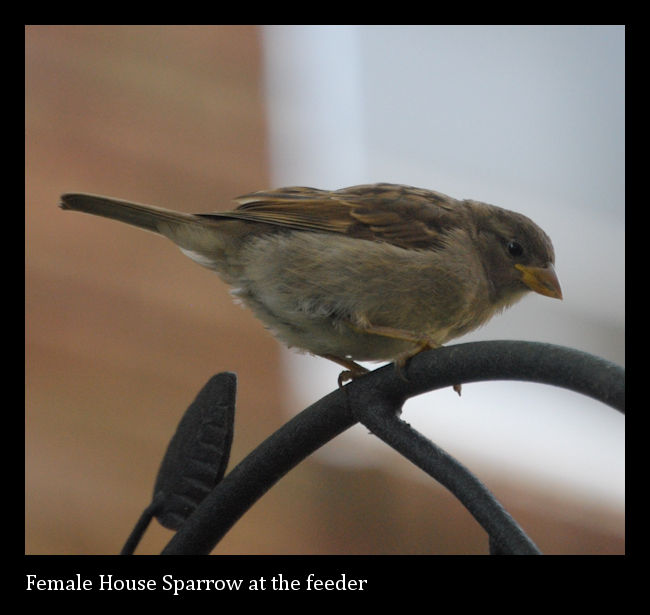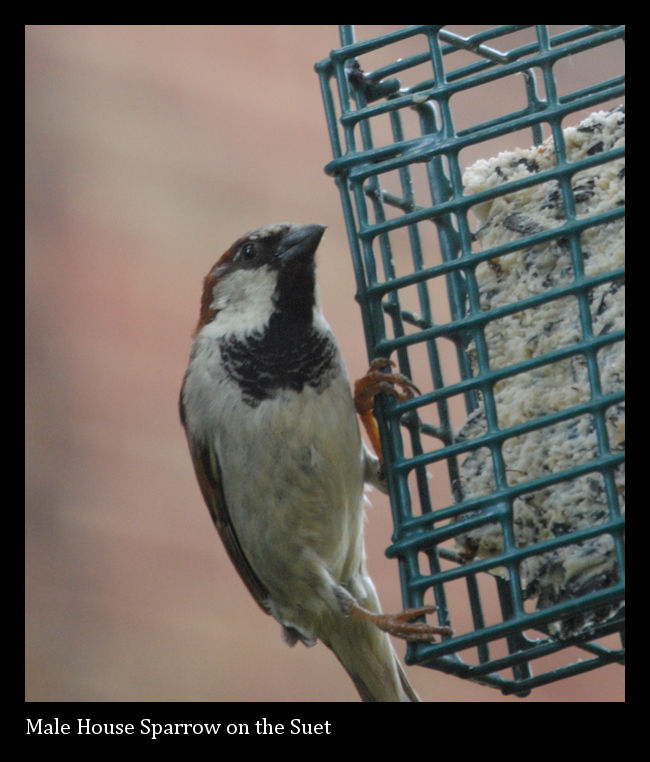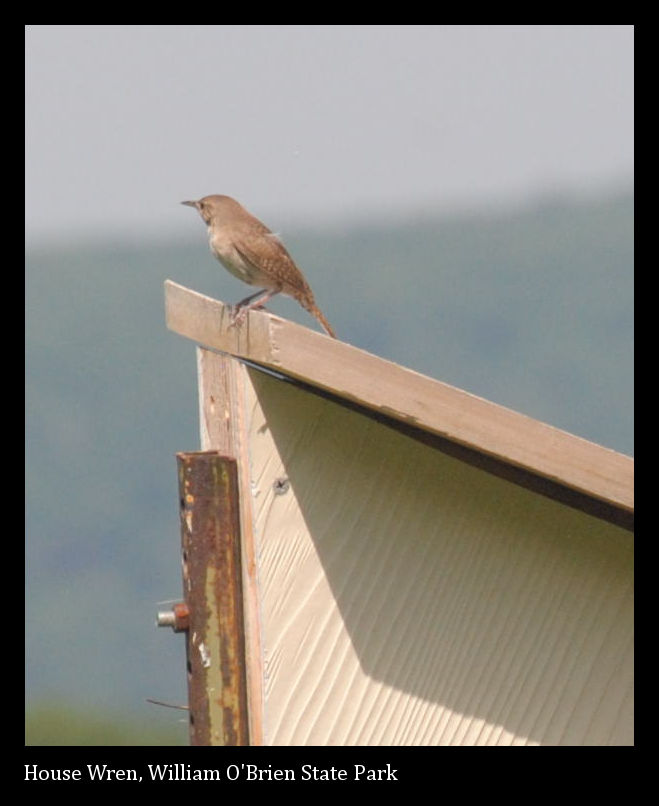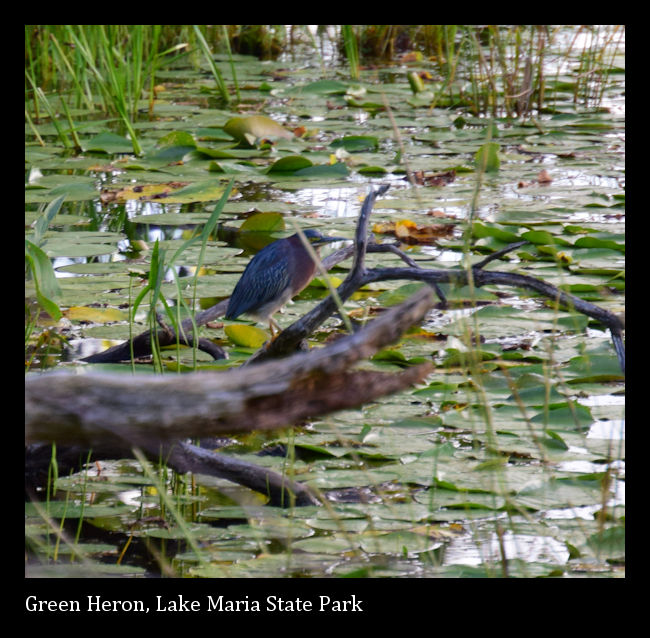Birrrdd! (אילו ציפורים)
When
we moved into our apartment, one thing we discovered was a birdfeeder
in the courtyard tended by one of the neighbors, who works at a bird
feeding/birdwatcher's store. Rudy made that courtyard his domain
in many ways, as he loved being outdoors. He would often grill
steaks, vegetables, rouladen,
chicken, and he would paint. He painted some abstract miniatures in
complementary colors for the nursery. As is the way of the world,
he and his wife had a baby, found the apartment too small, and
moved to a house in another neighborhood. Morgan and I undertook
the upkeep of the feeder which, we learned, was something
Rudy had found there himself (we had always assumed it was his doing).
We continued offering a blend that Rudy's store sells that he
developed in this very courtyard, we added a suet feeder and a plug
feeder, and this year, I mostly rebuilt the shepherd's crook because it
was leaning and I feared the landlady would deem it a nuisance.
On June 12, I decided it was time to make the birds pay for their
board, and parked myself with a camera on a tripod, and a sketchbook at
a table near the feeder and waited for some action.
Sparrows -
who knew that there were people who cared enough about them to give
them particular names? Isn't "little brown bird" close enough?
Apparently not. Sparrows are distinguishable, and some of
them are even rare. These House Sparrows, for example . . . are
not.

This
female perched on the shepherd's crook for a while but did not actually
feed. She flew from there to the ground and fed there.
Her mate, on the other hand, after taking soome seed from
the seed feeder, paid a visit to the suet feeder, and made a few
awkward attempts at the plug feeder, which is really for birds that can
feed upside down; sparrows evidently cannot. The black throat of
the male is diagnostic of the House Sparrow.

Here,
a Hairy Woodpecker demonstrates the correct use of the suet
feeder, hanging upside down to feed. His mate was calling loudly
from a nearby tree when he wasn't feeding her food found at the feeder.
Food is held for delivery in his beak.

As I sketched and photographed things that came to the feeder, Morgan observed him feeding his mate on the branch of the tree.

In
William O'Brien State Parks, there are nestboxes distributed generously
about. They are used by a variety of birds. Here we see
House Wrens in action:

Off in search of nesting material:

As
Morgan and I were walking throught Lake Maria State Park, this Green
Heron landed on a marsh at which we had also observed some Trumpeter
Swans.







